This is an article from our archive of travel guides Spectacular Slovakia. For up-to-date information and feature stories, take a look at the latest edition of our Spectacular Slovakia guide.
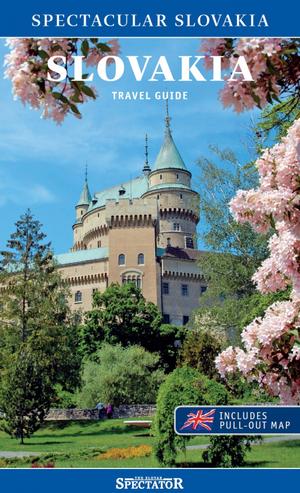 www.spectacularslovakia.sk
www.spectacularslovakia.sk
Tokaj winemakers depend on the Tokaj region's peculiar climate and landscape. Which is why southeast Slovakia and northeast Hungary are the only places on earth that produce the delicious dessert wine.
The region's soil is rocky and of volcanic original, one of the few examples, in fact, of volcanic soil in the wine world. Rocks in the ground absorb heat during the day, and radiate heat at night. The rocks help the grapes develop high sugar content, in part by allowing them to be harvested late.
Bordered to the east, north, and west by the Carpathian Mountains, the Tokaj region has humid nights and long warm autumns. The humidity and heat, and the proximity of the Tisza and Bodrog rivers, make Tokaj an ideal incubator for the celebrated botrytis fungus, also known as noble rot.
Tokaj and the noble rot
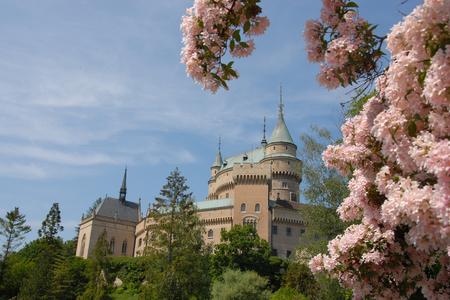
Temperatures swing wildly in early fall, averaging around 10 degrees Celsius at night, versus 20-25 degrees by day. This creates thick morning dew, and later fog. The fungus thrives on the dew, and dies off as the temperature rises. When the right amount of noble rot pierces a grape's skin, the rot saps the grape's moisture without rotting its juices.
The shriveled grape that results (cibebas in Slovak, Aszú in Hungarian) has an immense concentration of flavor. It's the key ingredient in Tokaj. But conditions are not always right for cibebas, which is why Tokaj wine is not produced every year. Even when conditions are right, noble rot strikes only certain grape bunches - in some cases only certain grapes. That means cibebas must be handpicked, which drives up prices.
The cellars of Tokaj
When noble rot has done its job, the cibebas are crushed and added to freshly fermented wine made from undamaged (or unimproved) grapes. The mixture macerates for 24 to 48 hours, and is pressed, filtered, and placed into wood barrels stored in cellars for aging.
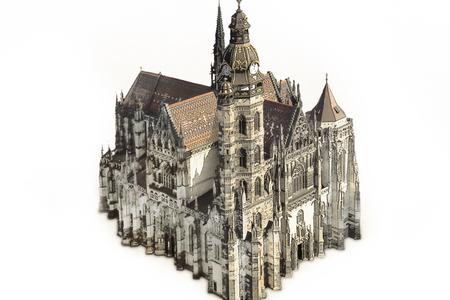
The cellars are Tokaj's final oddity. Dug into the side of hills starting in the 17th century (supposedly to hide aging wine from marauding Ottomans), they are ripe grounds for another kind of fungus. A thick black mold that grows on the walls seeps into the barrels and contributes to the wild and wonderful taste of Tokaj.
Note: Tokaj wine bottles are numbered from three to six. The ratings indicate the number of barrels of cibebas added to wine made from regular grapes. The higher the rating, the sweeter, smoother and more expensive the wine. Bottles marked Tokaj that lack a number are regular white wines made in the Tokaj region.
Spectacular Slovakia travel guides
A helping hand in the heart of Europe thanks to the Slovakia travel guide with more than 1,000 photos and hundred of tourist spots.
Detailed travel guide to the Tatras introduces you to the whole region around the Tatra mountains, including attractions on the Polish side.
Lost in Bratislava? Impossible with our City Guide!
See some selected travel articles, podcasts, traveller's needs as well as other guides dedicated to Nitra, Trenčín Region, Trnava Region and Žilina Region.

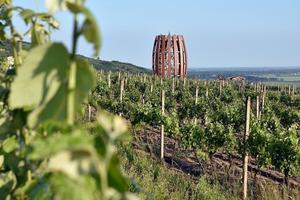
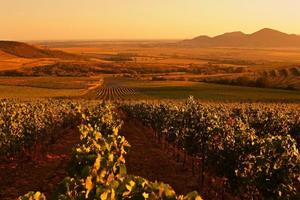
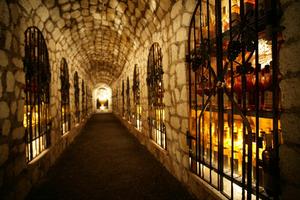
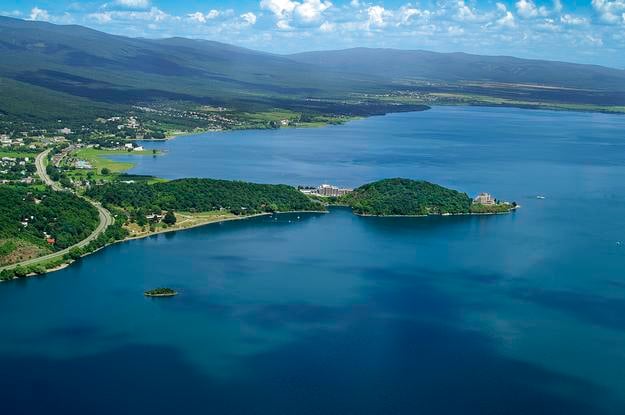 Zemplínska šírava (dam) (source: Jozef Rovňak (EXCEL))
Zemplínska šírava (dam) (source: Jozef Rovňak (EXCEL))